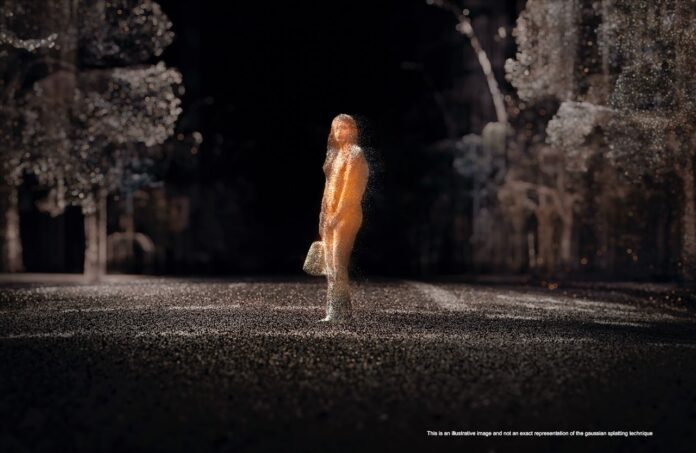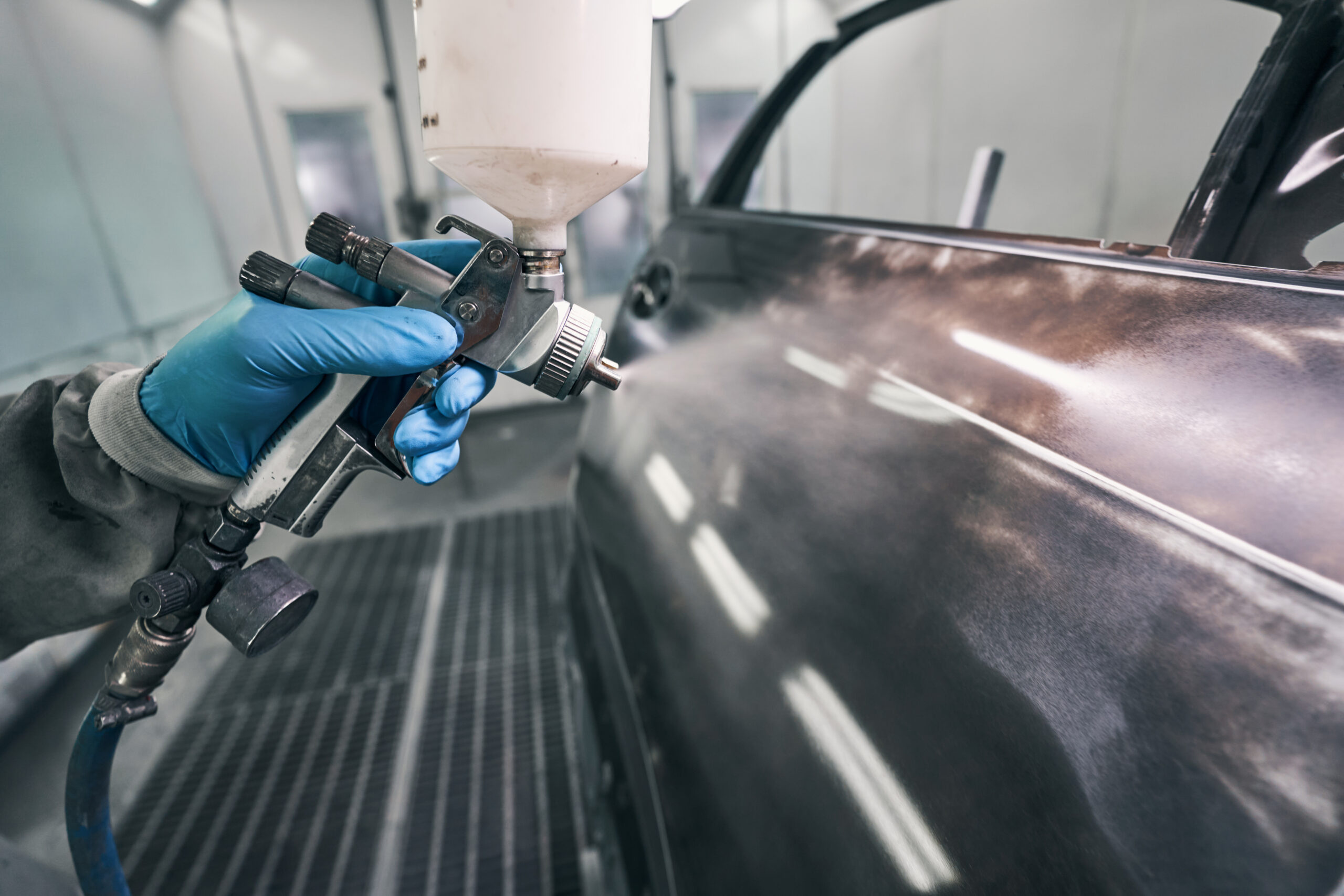Virtual worlds, rare crash simulations, and next-gen rendering push automotive safety into a new era.
Volvo Cars is redefining the future of road safety by turning to the virtual world. The Swedish carmaker has revealed a groundbreaking initiative using AI-generated environments and an advanced technique called Gaussian Splatting to speed up developing, training, and validating its next-generation driver safety systems.
What is Gaussian Splatting—and Why Does it Matter?
At the heart of this innovation is Gaussian Splatting, a cutting-edge computational rendering method capable of generating ultra-realistic 3D environments from real-world sensor data. The term may sound like science fiction, but its impact is very real: It allows engineers to recreate entire traffic scenes with remarkable visual fidelity and manipulate them with ease—adding or removing vehicles, adjusting pedestrian behaviour, or tweaking weather conditions.
For Volvo, this means taking data from actual road incidents—such as emergency braking, sudden steering changes, or manual overrides—and turning them into rich, controllable simulations. These virtual scenarios are used to stress-test and refine Volvo’s safety software at a scale and speed previously impossible.
“Thanks to Gaussian Splatting, we can select one of the rare edge cases and explode it into thousands of new variations… This has the potential to unlock a scale that we’ve never had before,” said Alwin Bakkenes, Head of Global Software Engineering at Volvo Cars.
A Leap Forward in Handling “Edge Cases”
In automotive safety development, one of the biggest challenges is preparing for rare but dangerous’ edge cases’—those one-in-a-million moments that rarely show up in real-world testing but can have catastrophic consequences when they do.
Historically, identifying and testing for these scenarios could take months of real-world data collection. With Volvo’s new AI-driven simulation framework, that process can be completed in a few days.
This offers a massive acceleration in development cycles and dramatically enhances confidence in how advanced driver assistance systems (ADAS) perform under stress. It also opens the door to anticipating emerging risk patterns—potentially catching safety threats before they occur on public roads.
Collaboration is Key: NVIDIA and Zenseact
This breakthrough isn’t happening in a vacuum. A long-standing partnership with NVIDIA, a global AI and high-performance computing leader, is propelling Volvo’s work. The two companies are collaborating to deploy the latest GPU-based rendering and simulation technologies in the automotive space.
Also central to the project is Zenseact, the AI software company founded by Volvo Cars. Zenseact is working with Volvo’s in-house teams to develop these AI-driven virtual environments—ones tailored for safety-critical software validation.
Academic Backing: WASP and Swedish PhD Programmes
This isn’t just an engineering sprint—it’s also a scientific one. The project is supported by WASP (Wallenberg AI, Autonomous Systems and Software Program), one of Sweden’s most significant research initiatives focused on AI and autonomous systems. As part of this collaboration, Volvo is sponsoring PhD research with several Swedish universities to explore the future potential of neural rendering techniques like Gaussian Splatting in real-world automotive safety.
This fusion of academic rigour and industry expertise ensures that the technology isn’t just cutting-edge—it’s validated, peer-reviewed, and built to last.
A New Chapter in Volvo’s Safety Legacy
While this move feels distinctly futuristic, Volvo is building on a rich legacy of safety innovation. Famously the three point seat belt was created at Saab, but saw the light of day at Volvo. From the 1960s onwards, Volvo safety research team played a pivotal role in shaping core features like the enhanced passenger survival cell, Whiplash Injury Protection System (‘WIPS’), Side Impact Protection System (‘SIPS’) which evolved into floor level load transfer body structure members for side impact protection, seat belt pre-tensioners, multiple airbag developments, roll-over protection, pedestrian safety, protection for cyclists from opening doors when parked and more. Volvo led, and others followed.
A key aspect of the safety team was to attend real-world impacts, mainly in Sweden, in order to learn first-hand about the consequences of the impact. This latest initiative continues that legacy—but with a twist. Rather than waiting for impacts to take place, Volvo can now create thousands of ‘what-if’ scenarios along with the system enhancements to improve occupant as well as pedestrian / cyclist protection, that could one day save lives.
“We already have millions of data points of moments that never happened,” explained Bakkenes. “Now we’re turning those into testable, learnable scenarios for our safety systems.”
Industry Implications: What Does This Mean for Repairers and Insurers?
Volvo’s adoption of AI simulation and Gaussian Splatting could mark a turning point in how ADAS systems are validated and certified during the creation or updates of new vehicles. The result will be a mix of simplified calibration, and also possible ‘new’ calibration steps. This will mean awareness of this development and which models get systems developed with these tools.
Insurers, too, could potentially benefit from the greater depth of system development, potentially lowering risk profiles by covering off more scenarios than is really possible with existing processes. It will be interesting to see if the development tool makes it into production, and if so, what will happen to claims frequency (it should decrease).
Conclusion: A Safer Road Ahead, Rendered in Code
Volvo’s embrace of AI and neural rendering isn’t just about cool tech—it’s a practical evolution of how manufactures can design safer vehicles. The company is moving more of the safety system testing from the physical environment to the simulation lab by transforming rare traffic events into digital experiments which can be optimized faster.
In doing so, Volvo isn’t just preparing for ‘rare’ events today—it’s also getting engineering processes ready for tomorrow’s unknowns.




